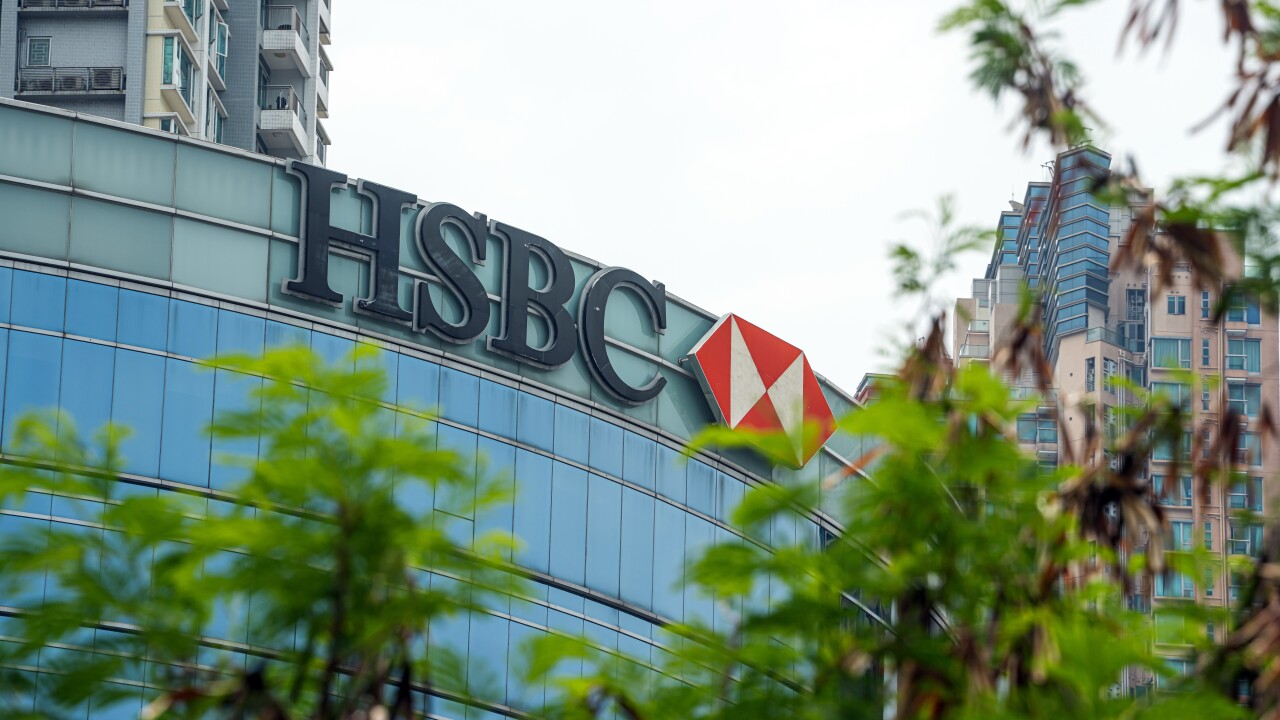As competition in person-to-person payments heats with news of Apple’s own
Remember the video tape war of the 1970s and 1980s? Betamax video entertainment systems were a superior technology; however, they were only offered by one company, Sony, at a relatively high price, and few consumers could afford them. In contrast, VHS technology was licensed to multiple companies that were able to achieve economies of scale, allowing the companies to flood the market with cheap VHS machines. Ultimately, this led to movies being produced, sold and rented to consumers in both video formats. When consumers overwhelmingly chose VHS systems — creating a much larger network for movie studios to serve — the production of Betamax systems ceased.
The video format skirmish is a cautionary tale for Apple’s new venture; the tech giant announced earlier this month that its P-to-P service would be part of iMessage in the fall release of Apple’s latest operating system. But unlike the inclusive networks of P-to-P services like

Apple could be making the same mistake Sony made more than three decades earlier, assuming that its P-to-P service remains exclusive to its device users. What are the parallels with Betamax? The P-to-P service will only be available on Apple’s most recent devices — the iPhone 6 or later, iPad fifth generation or later, iPad Mini 3 or later, etc. Anyone using an iPhone 5, such as my teenage son with a hand-me-down iPhone from his older sister, can’t use this service.
While my son could not afford a new $800 iPhone, he can download and use Venmo for free. He can also use Zelle from his bank for free. Maybe the Apple P-to-P service is not aimed at consumers who can’t afford their latest technology. But this echoes the problems Betamax encountered.
Next, imagine a workday social lunch among colleagues where one person picks up the check for the group, asking the others to repay them later. Unfortunately, the Apple P-to-P service will not allow Apple customers to send money to Android users. The likelihood that all colleagues have an iPhone, let alone a “6” version or later, is unrealistic given Android’s market share.
Zelle could eventually reach almost all banked Americans, while most millennials already have the Venmo app on their phone. Therefore, it’s unlikely that someone would even bother to ask, “Can I send you the money with Apple P-to-P?”
Apple is not the first company to devise a way to send money through an instant messaging session. It sounds a lot like
To be fair, Apple is one of the more successful tech companies at drawing consumers to a device-specific service. For example, when iTunes surged to the top of music-sharing services, it was not initially available to non-Apple users. But it arguably became most successful when it became more inclusive. This raises the question: Why is Apple not following the iTunes model with a wider distribution of its P-to-P product to non-iPhone-wielding consumers?
It did take time before Apple made iTunes available to a wider audience. However, when iTunes launched, the business landscape was very different. Then, we were just recovering from Napster getting shut down because of illegal distribution of music files. At the time, the music industry recognized that digital distribution was to be its future; however, it also knew it could not survive if consumers were illegally sharing songs without paying royalties. Enter the iTunes service that let the music industry distribute downloadable digital music files legally. While Microsoft was offering a competitive service, it was still in its infancy. In other words, there was very little competition. Contrast that today with the P-to-P market: There are several entrenched competitors that not only own the P-to-P space but already are more inclusive than Apple will be.
In order for Apple to achieve significant success with its P-to-P service, it needs to extend its network beyond just Apple customers and quickly. Otherwise, it risks replaying the role of Sony from the Betamax business-school case study.
Class dismissed.





